Gaming's most famous (or infamous) franchise hand-offs
Looking back at gaming's memorable developer swaps
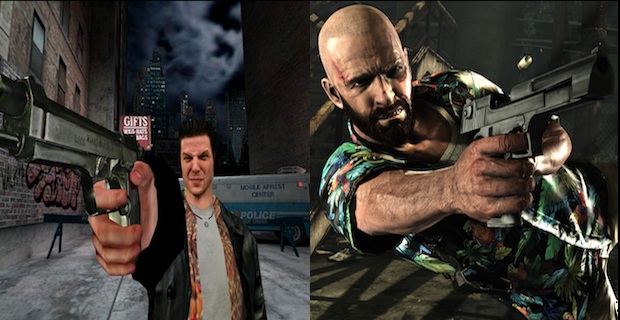
If Max Payne 3 taught us anything, it's that there will always be work for alcoholic nihilists and a developer switch can be the shot in the arm a franchise needs to get back on its feet or stay at the top of its game. True, Remedy's bullet-timey renegade had a huge advantage in that he was adopted by Rockstar, but video game history is marked with developer swaps that have been equally successful with far less muscle.
Stick around as we review the video gaming hand-off that worked, and a few that dropped the ball...
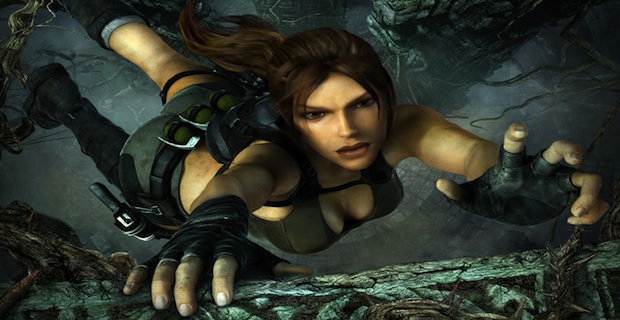
Tomb Raider
There was once a time when Lara Croft could do no wrong. From 1996 onwards, Core Design's busty raider of tombs was the talk of pixeltown until 2003, when Ms. Croft's fame took a swan dive with the release of Tomb Raider: The Angel of Darkness, her first entry for the PlayStation 2. While far from terrible, Angel of Darkness's stiff controls and dated presentation confirmed what fans had long suspected: after pumping out six games in seven years, Core Design's crush on Lara was starting to fizzle.
Realizing the honeymoon was over, Core Designs gave its digital baby to Crystal Dynamics, a studio that was best known then for its Legacy of Kain series. Over the following years, Crystal Dynamics put Lara Croft through her paces; redesigning her looks, moves, and backstory. Even Tomb Raider creator Toby Gard returned for Lara's resurrection. In 2006, their efforts paid off in Tomb Raider: Legend, a game many considered a true return to form.
Hand-off results: Like the freshly rendered Lara herself, Crystal Dynamics dusted off the once-great franchise and made it exciting again. Tomb Raider: Legend became the fastest selling game in the series and remains one of the highest rated games in the Tomb Raider empire. More importantly, it reignited Lara's career, and is one of the reasons we're excited to see where Crystal Dynamics plans to take her next in her second reboot later this year.
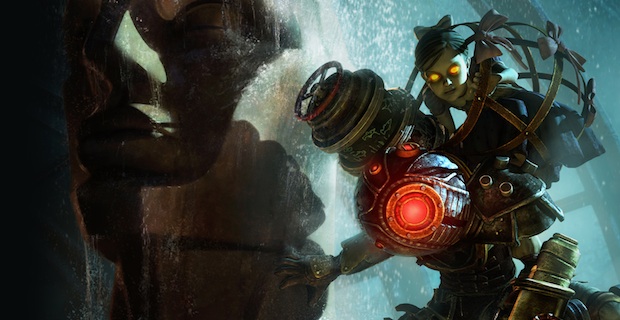
BioShock
Irrational Games broke (drilled, smashed, and shocked) new ground with BioShock in 2007. Designer Ken Levine and his team (then 2K Boston) created an FPS that focused as much on gunplay as it did on creating one of the most compelling worlds in gaming. Rapture and its inhabitants set a new bar in video game storytelling, and the variety of plasmid options and moral dilemmas scattered within gave players a reason to plunge its depths for multiple playthroughs. By the time BioShock sold its 2 millionth copy a few months later, rumors of a sequel were already starting to surface. Trouble was, Ken Levine had other plans.
Now richer from BioShock, 2K opened 2K Marin and approached Ken Levine's 2K Boston crew for talent. Levine agreed to give up members of the BioShock team, but opted to stay back to pursue other projects. As such, 2K Marin went on to continue Rapture's story, eventually adding multiplayer with help from Digital Extremes (among other developers). Meanwhile, Levine and 2K Boston reverted back to its Irrational Games moniker worked in secret on its infinite plans.
Hand-off results: You remember BioShock 2, right? The game we assigned a perfect score and the one that went on to make Take Two Interactive scads and scads of money? It's safe to say the BioShock vets at 2K Marin did Levine's vision proud, and that the Big Daddy and the Little Sisters suffered very little from the hand-off. In the time since, Levine has rededicated Irrational's efforts to the BioShock universe with BioShock Infinite, while 2K Marin has been working on an FPS reboot of PC classic XCOM, a development that hasn't gone all that smoothly.
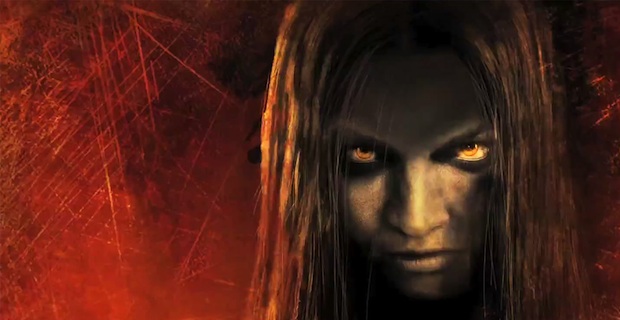
F.E.A.R.
Supernatural kids are creepy. It's a fact (look it up). And in 2005, Monolith Production played on our collective fear of ghostly underage girls in the freshman chapter of its F.E.A.R series. Inspired by decades of Japanese horror films, F.E.A.R injected a sense of genuine terror to the FPS genre, much of which was owed to a psychic ankle-biter named Alma who (spoiler) turned out to be the leading man's mother. Again... creepy. But also, effective. So effective, in fact, that Monolith Productions was motivated to port its PC creeper hit to PS3 and Xbox 360 with the assistance of Day 1 Studios, the indie team that would later adopt Alma and the F.E.A.R franchise completely one sequel later.
Hand-off results: Day 1 Studio's F.E.A.R 3 is generally regarded as the weakest of its kin, but in all fairness, the F.E.A.R franchise was already losing its edge by the time Day 1 took over. The creepy kid fad was loosing its shock value, and F.E.A.R 3's scare tactics were becoming old hat. Left to rely on its FPS merits and multiplayer tricks alone, F.E.A.R 3 turned out to be an average time-waster; and in the FPS genre, average is a death sentence. In the end, Day 1 Studios didn't sully F.E.A.R's good name, but it didn't help it much either.
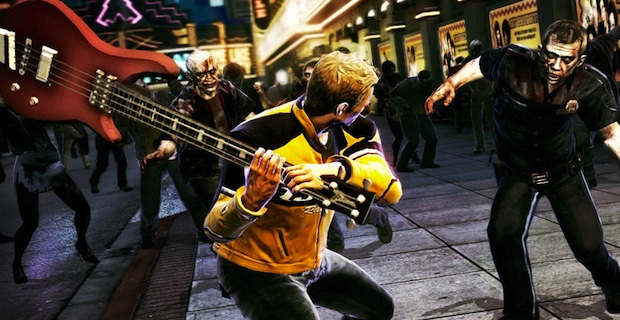
Dead Rising
2006's Dead Rising was an undead love letter to zombie pop culture. It offered a genuine Romero nightmare in in a morbidly entertaining sandbox that rewarded creativity, quick thinking, and a strong stomach. Capcom's (then) newest IP - starring everyman photojournalist Frank West - became North America's fastest selling next-gen title on the Xbox 360 in a matter of weeks, so it was a surprise to absolutely no one that a follow-up was announced in February 2009. To the surprise of some, however, the honor of continuing Capcom's undead phenom fell to Blue Castle Games, a studio largely known for cracking out baseball titles like The Bigs for 2K Sports.
Fears of a shoddy sequel were quickly put to rest by news that Capcom's Keiji Inafune and other Dead Rising alumni would be working closely with Blue Castle Games. Their efforts gave rise to 2010's Dead Rising 2, a sequel that succeeded in expanding the Dead Rising concept with a larger playground, tweaked mechanics, and a weapon-crafting system that made zombie killing the new national past time.
Hand-off results: Dead Rising 2 didn't have Frank West's star power, but it didn't need it. The sequel sold more than its predecessor, and made a killing on DLC expansions; one of which brought Frank back into the fold in Dead Rising 2: Off the Record. Capcom was so pleased with Dead Rising 2 that it adopted Blue Castle Games as one of its own, renaming the studio Capcom Vancouver. It hasn't been confirmed yet if Blue Castle is attached to Dead Rising 3, but it's a good bet.
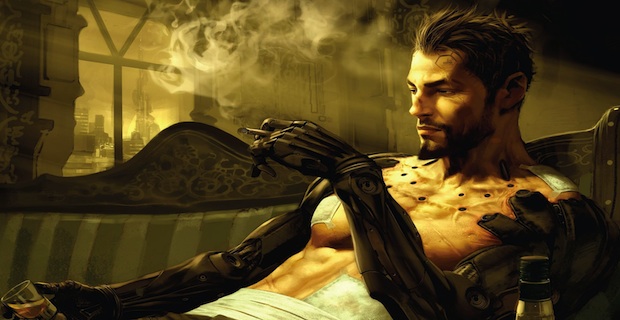
Deus Ex
John Romero's Ion Storm studio was supposed to change the industry; and for a brief moment in 2000, it did. Shortly after its notorious Daikatana fumble, Ion Storm brought Warren Spector in to head the studio's expansion in Austin, Texas, trusting the new studio with the development of a new IP called Deus Ex for its publisher, Eidos. Spector and his team delivered in spades, introducing PC gamers (and later, Xbox'ers) to a cyberpunk action title that blended elements of stealth, role-playing, and traditional first-person shooter elements to massive cult success. Soon, fans wanted more, and Ion Storm's Austin team answered the call with Deus Ex: Invisible War, the sequel that nearly put a bullet in the head of the Deus Ex franchise.
Seven years later, both Ion Storm offices had shuttered, Spector had moved on, and the future seemed bleak for Deus Ex. Then, like an augmented super-spy, Eidos crept out of nowhere to announce it would be handling development of a brand new Deus Ex: Human Revolution out of its Montreal studio. Fans rejoiced for a split second, before proceeding to pick apart every new image and gameplay detail until its release. In the end, Eidos held its own. Deus Ex: Human Revolution became one of the top games of 2011 and arguably the best title in the franchise.
Hand-off results: Save for the bland boss fights, Deus Ex: Human Revolution did everything it was meant to do. It re-introduced the franchise to a new generation, while retaining the series' moody, cyberpunk feel and emphasis on personalized play. It earned perfect review scores across the board and boosted profits for its publishers at Square Enix. More importantly, it resurrected a franchise many thought dead, and all but secured a sequel down the road. A good one, this time. We hope.
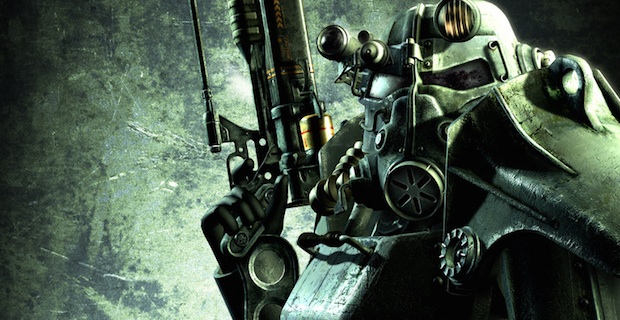
Fallout
Black Isle Studios's first two Fallout games were groundbreaking on a number of fronts. For one, they proved role playing games could be badass, and they made a generation of gamers yearn for a nuclear war that would turn them into power-armored, Mad Max cowboys. Fortunately (sadly?) those nukes never came; however, the Fallout series put Black Isle and their Interplay overlords on the map. In the early 2000s, Black Isle went back to its radiated well for a new Fallout sequel, codenamed Van Buren. Unfortunately, financial woes forced Interplay to pull the plug on Black Isle and trade off Fallout's single player rights in order to survive. Enter: Bethesda.
Fresh from the Elder Scrolls series, Bethesda set fire to the ill-fated Van Buren project, and built a its own post-apocalyptic vision from the ashes. The result was Fallout 3, an open-world RPG that combined the open-world mastery of The Elder Scrolls and Black Isle's rich Fallout universe. The franchise's rebirth was hailed as monumental success by fans and critics, and it paved the way for Fallout: New Vegas a game that would see former Black Isle developers unite under the Obsidian Entertainment banner to finally take another crack at the series that made their careers.
Hand-off results: Fallout 3 was named Game of the Year by countless gaming outlets and way more importantly awarded our top prize in the 2008 Annual Platinum Chalice Awards. It's popularity earned it a space in the Smithsonian Art Exhibition's video game display, as well as set up Obsidian's Black Isle vets nicely for their New Vegas comeback.
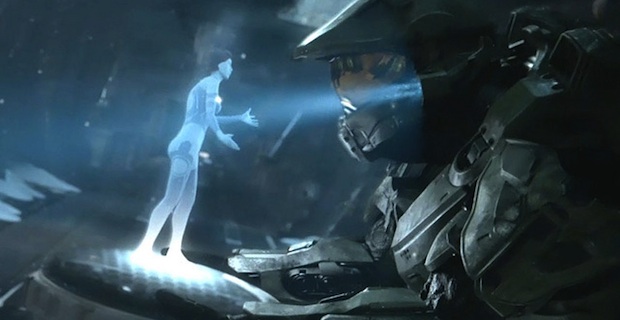
Halo
It takes cojones the size of Guilty Sparks to tackle one of gamedome's most respected (and bazillion-dollar making) properties, but that's what Microsoft created 343 Industries to do following Bungie's exit from the franchise after Halo: Reach. Guided by members of Bungie's original crew, 343 Industries hit the ground running with the Defiant Map Pack" for Halo: Reach, and the Halo Waypoint app for Windows Phone 7 and Xbox 360's Live Arcade. However, it was only after these bit-sized projects when 343's true test began.
At E3 2011, Microsoft announced its Bungie replacement was not only developing a HD remake of Halo Combat: Evolved for the series' 10th Anniversary, but that 343 Industries would also be piloting Master Chief's return in Halo 4. Fans squirmed. Critics sniped. Then 343 Industries silenced them all (well, most of them) with Halo: Combat Evolved Anniversary, a game that was praised for its fresh look, tight gameplay, and reverence for the Halo universe. Suddenly, Master Chief's future looked bright.
Hand-off results: Halo: Combat Evolved launched to above-average reviews (read ours - now!). It also proved 343 Industries was more than capable of picking up where Bungie left off. We'll know how clean this hand-off was when Halo 4 comes out of stasis on November 6, 2012, but for now we're optimistic.
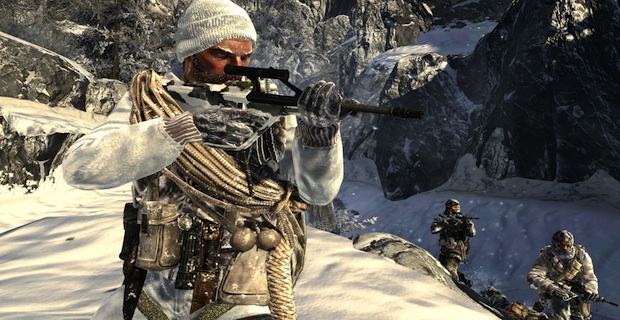
Call of Duty
Since Infinity Ward laid a blitzkrieg on FPS gaming with the first Call of Duty in 2003, the wartime shooter has been passed around developers like a contraband porno mag, cycling through a slew notable game makers who have each added their own touch to the series while maintaining its genre-defining multiplayer and single-player experiences.
The short version of Call of Duty' s history goes like this: In 2006, Infinity Ward tagged in Treyarch for Call of Duty 3, but stepped back in to launch Call of Duty's Modern Warfare series in 2007. Activision's internal team at Treyarch brought the series back to WWII in World at War (giving gamers a taste of Nazi Zombies), then Infinity Ward went modern again with the real sequel to its hit, Call of Duty: Modern Warfare 2. Following a legal dust-up between publisher Activision and former Infinity Ward heads, devs Sledgehammer Games and Raven Software were called on to help the MW series running, eventually completing Modern Warfare 3 last year. Meanwhile, Treyarch went to Vietnam with Black Ops, which continues this November.
Hand-off results: Call of Duty games continue to set new sales records and gushing reviews with every yearly installment, despite the the regular cycle community bitching and moaning over the lack of originality that precedes every sequel. It's likely the Call of Duty franchise will outlive us all no matter which developer takes control.
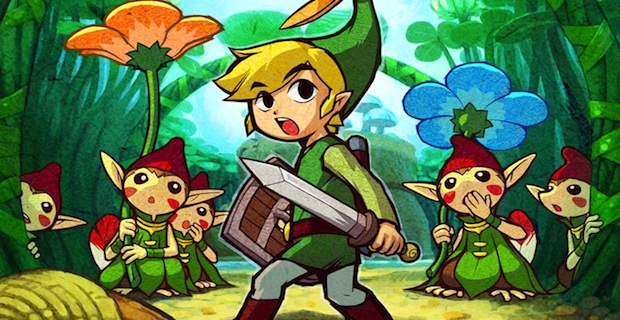
The Legend of Zelda
You know it's a successful hand-off when fans barely notice the switch. Case in point: Capcom's string of Zelda games for Nintendo's portable systems, which began in 2001 with dual release of The Legend of Zelda: Oracle of Seasons and Oracle of Ages for the Game Boy Color. The interconnected chapters were developed by Flagship Co., a Capcom subsidiary headed by Final Fight creator Yoshiki Okamoto. Their retail success led to Capcom's official stamp on the port of The Legend of Zelda: A Link to the Past and Four Swords to Game Boy Advance in 2002; and its direct involvement in the creation of the critically acclaimed The Legend of Zelda: The Minish Cap for Game Boy Advance in 2004.
Hand-off results: Though the styles may be subtly different, most everyone who's played at least one of Capcom's handheld Zelda games would agree they deserve a place in Link's library as much as any other. True, Nintendo jumped back in for the next portable adventures with The Legend of Zelda: Spirit Tracks and The Legend of Zelda: Phantom Hourglass for DS, but that was more about The Big N overseeing Zelda's next-gen debut than reacting to Capcom's work. In the end, Capcom's official run may have been brief, but it was memorable.
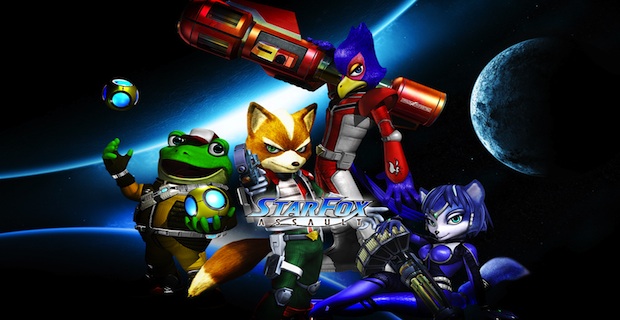
Star Fox
It's hard to tell now, but Nintendo's original Star Fox for the Super Nintendo was something of a graphical wunderkind back in 1993. It was one of the first console games to utilize 3D polygonal models, and it made Nintendo's Super FX chip look like a miracle worker. It's next-gen follow, Starfox 64, performed equally well for Ninty, doubling as a showpiece for its 64-bit system. All was looking good for Fox McCloud and his barrel-rolling crew... and then came Star Fox Adventures.
Alright, we're being a little dramatic. Star Fox Adventures for the GameCube wasn't a bad game, but it wasn't really a Star Fox game either. As the story goes, Rare was working on an action-adventure title called Dinosaur Planet for the GameCube, before Nintendo stepped in and requested nay, demanded! - it be reskinned as a Star Fox title. As a result, Star Fox Adventures was born looking more like a Zelda game than a traditional, high-flying Star Fox adventure. Thankfully, fans later got their genuine Fox McCloud fix in 2005 with Star Fox Assault, Namco's own take on the series which returned it to its rail-shooter roots, albeit to mixed critical success.
Hand-off results: Under the care of Rare and Namco, the Star Fox series has flexed its wings, but it's never really been able to regain the level of fame it had under Nintendo's reign. Retro Studios is rumored to be working on a Metroid and Star Fox cross-over game for the Wii U, so maybe the third hand-off will be a charm?
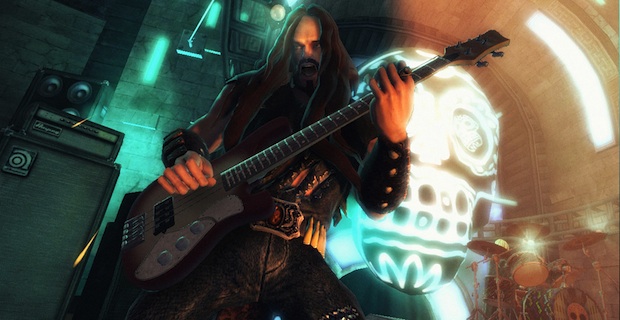
Guitar Hero
Jamming on plastic guitars and pretending to sing at parties was all the rage back in the 2000s thanks in large part to Harmonix and RedOctane who made the rock and roll rhythm game genre famous with the first Guitar Hero game back in 2005. Then, in 2006, Activision stepped in and Yoko Ono'd the duo, taking RedOctane for its own, and sending Harmonix into the arms of MTV Games and publisher EA, where it started its own revenge franchise, Rock Band.
Eager to cash in on the music game craze (and justify the millions it spent on RedOctane), Activision called up its own Tony Hawk developer Neversoft to control the retail beast Harmonix had released for PS3 and Xbox 360, signing on Vicarious Visions, Budcat Creations, and Aspyr Media to spread the Guitar Hero mojo to Wii, DS, PS2, and PC, respectively. Neversoft accepted its most sacred task, and proceeded to clutter living rooms with fake instruments through the release of an estimated 2.9 billion sequels and iterations of the Guitar Hero brand. By 2010, player tastes had moved to the dance game genre (in which Harmonix was already killing it with Dance Central), and Guitar Hero had become a washed-out, drug-addled husk of its former self. One year later, Activision pulled the plug on its once legendary performer, and Guitar Hero has been playing small town bars ever since.
Hand-off results: Under Neversoft's watch, Harmonix's creation went on to become one of the hottest selling properties in Activision's stable. The games sold tens of millions, and the downloadable song market became one of the hottest and most lucrative trends in DLC. As such, it's difficult to lay the blame for Guitar Hero's demise on Neversoft's performance, when Activision's ceaseless milking of the franchise seems a more likely suspect. Could Harmonix have kept the flame alive? We'll never know, but the company is at least trying to reignite it with the upcoming downloadable Rock Band Blitz.
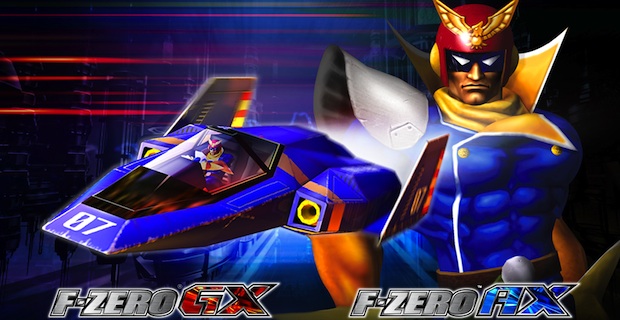
F-Zero
Up until F-Zero GX, Nintendo and Sega were the Coke and Pepsi of the gaming world. That ended in 2000, when Sega announced it was making the switch to third party development. Suddenly, it wasn't so taboo for the two video game juggernauts to be seen in the same room, and soon after Nintendo assigned Sega's subsidiary, Amusement Vision, to the next installment of its futuristic racing series, F-Zero. So began the first official collaboration between the two former rivals.
F-Zero GX was developed by Amusement Vision around the same time as F-Zero AX, an arcade racing game which resembled its GameCube counterpart, and even connected to the game via memory card. Both F-Zero properties were overseen by F-Zero designer Takaya Imamura and Nintendo co-producers Shigeru Miyamoto and Toshihiro Nahoshi, but it was still Sega's Amusement Vision that did most of the heavy lifting. Granted, it may not have been a complete hand-off, but considering the companies' histories, it was valiant first step.
Hand-off results: Despite criticisms (including some from Miyamoto himself) for its steep difficult curve, F-Zero GX released to much acclaim and strong sales. It was the first F-Zero game to feature an actual story, and it succeeded in making Captain Falcon a recognizable face in Nintendo's roster. More importantly, it laid the foundation for an unlikely friendship between Nintendo and Sega that carried forward into other collaborations.
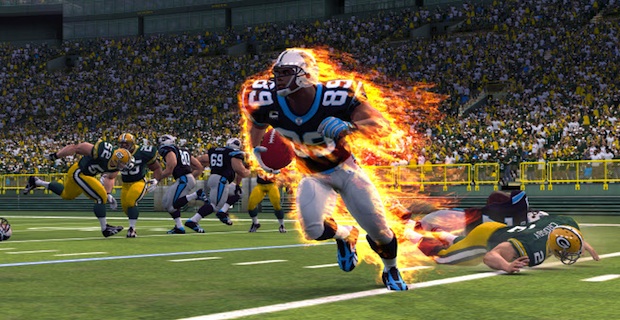
NFL Blitz
Midway's NFL Blitz series was an arcadey alternative to the more sim-oriented football games of its time. Sporting fewer rules, bigger hits, and exaggerated gameplay, Blitz was a breath of fresh air for gamers who wanted to chuck the virtual pigskin without the hassle of having to become an expert on the actual sport. The series continued to tweak its over-the-top formula for over a decade, until Midway caught a permanent injury in 2008, and the series was benched.
Enough hamfisted football analogies for ya? Here's one more. While Blitz fans feared the series was on a permanent delay, EA later picked up the ball in 2012 with a rebranded NFL Blitz downloadable title for PS3 and Xbox 360, treating Blitzers to an all-star follow-up.
Hand-off results: In addition to giving us a game that actually fits our hand-off analogy, EA gave Blitz fans a taste of their past without tainting it too much with Madden NFL sensibilities. As we found in our NFL Blitz review, the pseudo-reboot was instantly recognizable to Blitz aficionados, if not slightly more mature than it's ancestors. Still, better there be a slightly watered down Blitz than none at all, no?
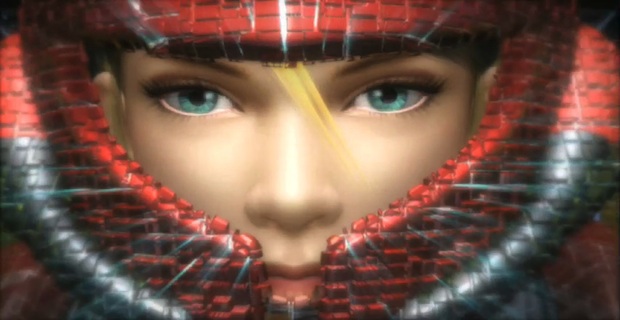
Metroid
We don't want to say anything untowards about Nintendo's spacefaring bounty hunter, but for the last 10 years Samus Aran has been stepping out with more than one developer. The first hand-off occurred after producer Shigeru Miyamoto paid a trip to Retro Studios, which had been commissioned to work on four unrelated titles for the GameCube. Miyamoto was so smitten with Retro's first-person shooter engine that he suggested the studio scrap everything it was working on and begin anew on a first-person Metroid sequel. Retro Studios obliged (begrudgingly, we assume) and went on to produce an entire Metroid Prime Trilogy; a chain of games that marked a new era for the franchise, which had not seen a true sequel since Super Metroid for SNES.
The second hand-off took place in 2008. This time, it was Metroid designer Yashio Sakamoto who shopped Samus Aran around, settling on Team Ninja thanks to its proven skill with 3D gameplay and success with the Ninja Gaiden series. The pairing led to the development of Metroid: Other M for the Nintendo Wii.
Hand-off results: While not the bestselling chapter in Samus's career (in fact, it's one of the worst), Metroid: Other M gave the long-running series a new flavor. It was the first imbue Samus with a melee system and a unique blend of third-person and first-person controls. Ultimately, Team Ninja's vision failed to set the Metroid community on fire, but it kept the brand alive all the same. Conversely, the Metroid Prime Trilogy, earned Retro Studios a shinier place in Samus Aran's history.
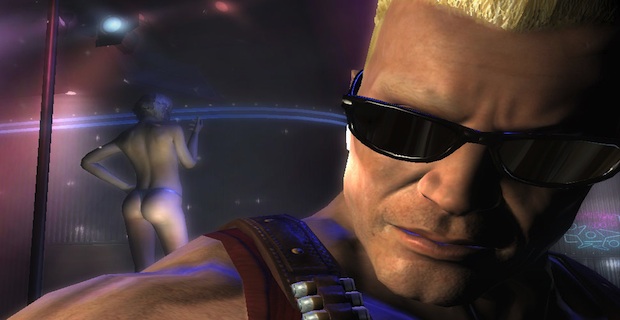
Duke Nukem
Look, we know it's become de rigeour to shoehorn Gearbox's Duke Nukem Forever into every article about games that broke our hearts, but you have to admit it fits the theme. We'll spare you a retelling of Duke's belabored comeback, but the short story is Duke Nukem Forever was stuck in development purgatory long before Gearbox took its shot. As such, this wasn't so much of a developer hand-off as much as it was an 11th hour attempt to save the great Duke before he expired for good. And the result? Well...it's a matter of perspective.
Hand-off results: We'll save you the mystery: Duke Nukem Forever was not a great game. We gave it a decent score, but even that was being generous. After nearly a decade and a half out of commission, Duke Nukem Forever's linear structure, uninspired sequences, and baffling long load sequences made the whole thing feel like it had arrived late to its own party. But less we crap over Gearbox for its misstep, it's only fair to say it did the best with what it had. That all said, the game also sold pretty well (thanks in part to 14 years of hype), so Duke Nukem loyalists may still get a true, modern sequel down the road.
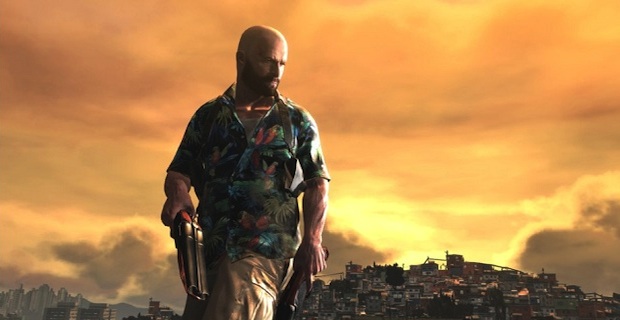
Now it's your turn...
This is the part of the feature where we pass it off to you. Tell us what gaming hand-offs we missed, and which we fumbled. Just be civil about it we don't want to have to do some replacing of our own...
Matt Bradford wrote news and features here at GamesRadar+ until 2016. Since then he's gone on to work with the Guinness World Records, acting as writer and researcher for the annual Gamer's Edition series of books, and has worked as an editor, technical writer, and voice actor. Matt is now a freelance journalist and editor, generating copy across a multitude of industries.


